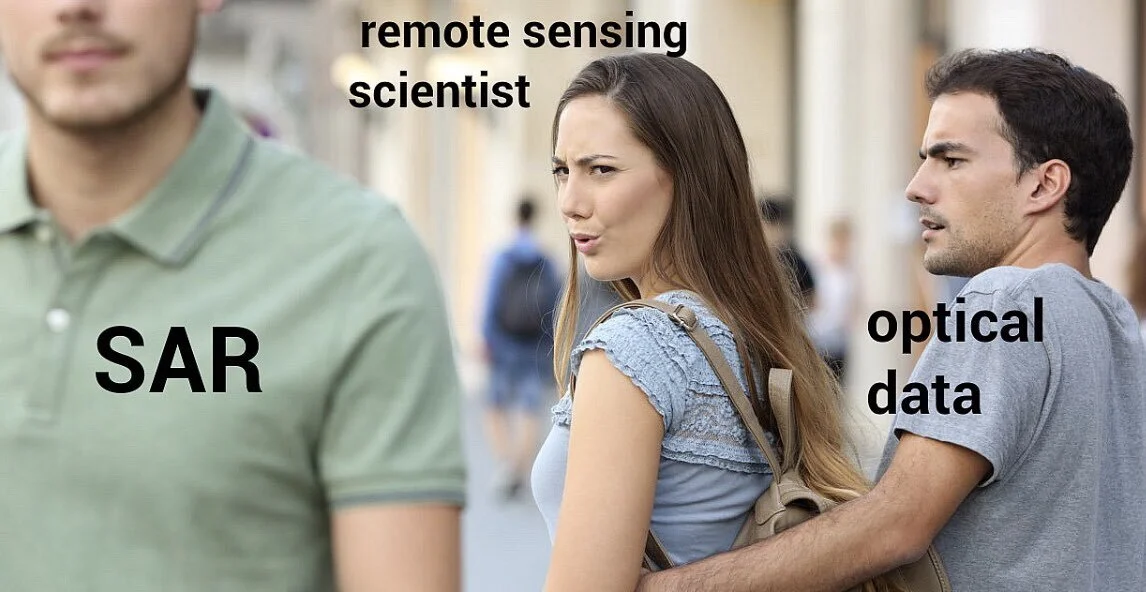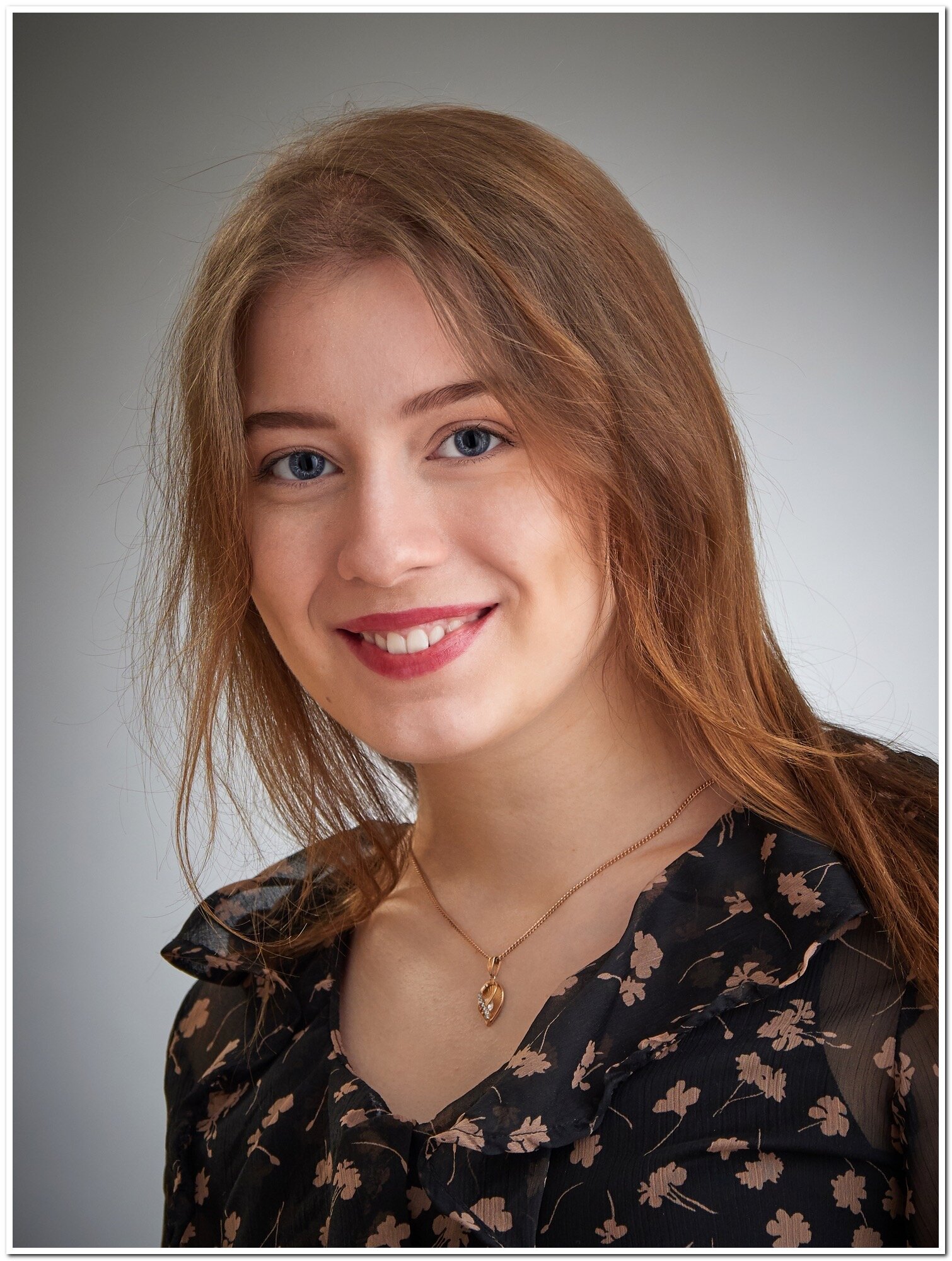Regarding Optical Change Detection
If you’re a frequent visitor of our blog, you would know how much we love to write about radar monitoring. This time, however, we’re going to talk about another means of Earth Observation (EO) that you might’ve been curious about - Optical remote sensing, and whether or not it should be used for deformation monitoring.
To start off, we want to say that optical change detection is a valid technique for right of way monitoring. It does have fields of application where it can be particularly useful. However, unlike InSAR, optical change detection is not a valid technique for deformation monitoring.
Consistency is key
To determine a diachronic image (changes throughout time) you need to first co-register a pile of imagery. We at EO59 do this with radar for instance. Optical technology has many more challenges than radar in this area. Most notably, it requires you to compensate for a tremendous number of variables:
temperature distortion of pixels on target
sub pixel motion related to foreign objects (people, vehicles, animals)
distortions of atmosphere due to humidity
cloud cover and nighttime – which have the largest impact
There was an effort known as COSI-Corr (Co-registration of Optically Sensed Images and Correlation) by California Institute of Technology, which attempted to automatically correct optical imagery for the problems it has in co-registration. However, COSI-Corr itself was abandoned about eight years ago due to the challenges in acquiring optical imagery that was sufficient for its use.
Sentinel2, which provides free optical imagery, is 10 meters in resolution.
There has been an attempt to improve the quality of the images by adding drone imagery to optical sensing systems. However, the use and maintenance of drones for this purpose would be unjustifiably costly.
In addition, even with sub-pixel change detection this would require having a suitable amount of cloud-free daytime imagery over target to resolve immovable (isostatic) points.
Academic research
A tremendous academic article titled the “Evaluation of Optical Images Sub-Pixel Correlation for Estimating Ground Deformation” by the University of Twente (International Institute for Geo-Information Science and Earth Observation) in The Netherlands summarizes it best:
Based on the interpretation and sensitivity analysis, different conclusions were drawn about the developed methodology in terms of its sensitivity, repeatability, robustness, applicability potential for mapping the fault rupture and measuring co-seismic (2005 Kashmir earthquake) surface deformation along the fault.
Sinc (Sinus Cardinal) resampling method and Frequential correlator are sensitive in the use of technique’s parameters (given in figure 3.2). Its results are more accurate as compared to Bilinear resampling method and Statistical correlator which give moderate accuracy but are more robust than the Sinc method. However, the Bicubic resampling method is not accurate and sometimes it is even unrealistic.
· The COSI-Corr technique did not give promising results for another dataset of the same area in measuring the ground displacements. Therefore, the technique does not prove to be robust for different methodological parameters and different datasets.
The technique still can be applied for change detection and terrain monitoring, although its results by the use of different parameters and datasets are varying for measuring ground displacements.
The use of different DEM (Digital Elevation Model) selection options is prone to biasing the displacement estimations due to the errors of DEM and it ultimately affects the correlation & estimation of the ground deformation.
Sub-pixel correlation of optical images is greatly affected due to landslides, shadowing effect, topography, snow or land cover changes and infrastructural changes.
This article also includes a few statements about InSAR, with the hope that COSI-Corr could compliment InSAR in lateral displacement measurements (as this was written prior to having the two sentinels in orbit).
In areas where COSI-Corr has been validated, it required half-meter imagery, not 10 meter, with a very high accuracy digital elevation model (DEM) 10 cm to geo-referencing, and the average margin of error was 5 mm with a standard deviation of 2.3 cm, with that accuracy.
Conclusion
Truth is, the European Union would not have spent 250million euros and 39million euros a year to operate twin InSAR space craft, and be spending another 150million to launch a third, if you could accomplish with optical imagery from their 350million euro sentinel 2 the same thing you can with InSAR.
A TL;DR (Too Long; Didn’t Read) for this post is that Optical Change Detection does not have the capability nor accuracy of monitoring for it to be used as a valid technique for deformation monitoring, although it can still be of value when combined with good old InSAR.
InSAR is one of many Karine Veersalu’s passions. She is a law student and legal research assistant at the Tallinn University of Technology, who has studied and participated in leadership and education programs around the world.
As our Executive Assistant at EO59, she has taken an active role to provide support in client communications, internal administration, tax and legal compliance, and marketing to ensure the smooth-running nature of EO59 and advocating for driving the highest value developments to clients.




